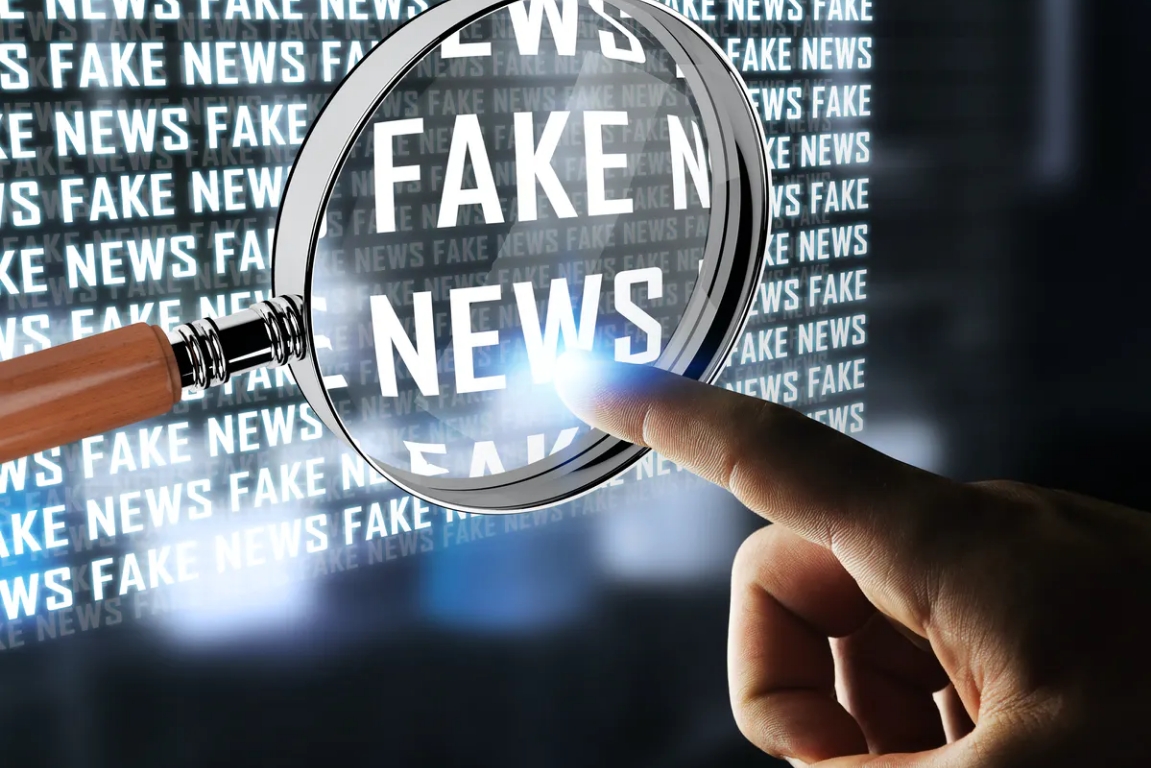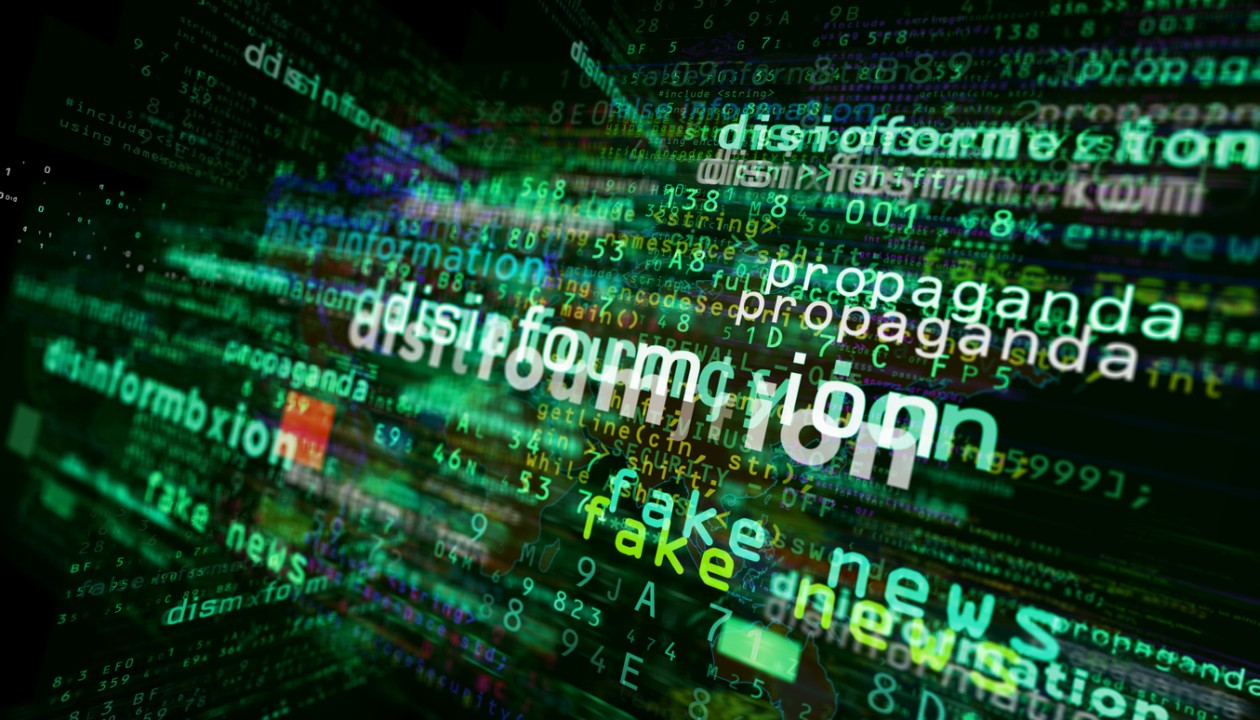In today’s hyper-connected digital world, rumors and misinformation spread faster than wildfire, potentially devastating reputations, relationships, and organizational credibility within minutes. The challenge of managing false information has evolved from a minor inconvenience to a critical business and personal skill that can determine success or failure in our information-saturated world.
Whether you’re an individual facing personal rumors, a business leader protecting your company’s reputation, or a community organization working to maintain public trust, understanding how to effectively manage misinformation has become essential. The consequences of poorly handled rumors can range from damaged personal relationships to significant financial losses, decreased employee morale, and long-term reputational harm that takes years to repair.
The digital age has amplified both the speed and reach of misinformation, but it has also provided us with sophisticated tools and strategies to combat false information effectively. Research shows that most misinformation on social media is shared by very few users, even during public health emergencies, suggesting that targeted interventions can be highly effective. Organizations that invest in continuous learning and development programs, specifically around media literacy and critical thinking, are better equipped to discern and mitigate the impacts of misinformation.
This comprehensive guide will explore proven strategies for identifying, addressing, and preventing rumors and misinformation across various contexts. From immediate response tactics to long-term prevention strategies, we’ll examine how individuals and organizations can build resilience against false information while fostering cultures of transparency and truth.
Understanding the World of Misinformation

Types of False Information
Effective management begins with understanding the distinct categories of false information you may encounter. Misinformation refers to the unintentional spread of false or inaccurate information by someone who is poorly informed or misinformed – essentially an error rather than a malicious act. Disinformation, conversely, involves the deliberate creation and dissemination of false information with the intent to deceive and cause harm, often employed for political gain or to manipulate public opinion. Misinformation uses truthful information taken out of context, exaggerated, or manipulated to inflict harm, such as leaking private information with misleading interpretations.
Impact Assessment and Vulnerability Analysis
Organizations must assess how misinformation could impact their business, including vulnerabilities related to reputation, customer trust, and financial stability. This involves understanding your specific risk factors, such as industry sensitivity, public profile, and existing communication channels that might amplify false information.
Immediate Response Strategies
Stay Calm and Assess Rationally
When confronting rumors or misinformation, the first critical step is maintaining composure and avoiding knee-jerk reactions. Take time to breathe deeply and assess the situation rationally before taking any action. Emotional responses often escalate situations and can inadvertently give more credibility to false information than it deserves.
Verify Information and Consider Sources
Before responding to any rumor, thoroughly investigate its origins and accuracy. Consider the credibility of sources spreading the information – if they’re known for gossiping or unreliable reporting, the rumor may be baseless. Gather information by talking to directly involved parties and other reliable sources, but be cautious not to spread the rumor further during your investigation.
Prompt and Transparent Response
Address misinformation and rumors promptly to prevent their spread and mitigate potential damage. When you have verified information, report back to the community using appropriate channels, translating complex information into comprehensible, applicable content. Create clear, concise messages that address misinformation directly while emphasizing your commitment to transparency and truthfulness.
Building Organizational Resilience

Establishing Clear Communication Policies
Organizations need comprehensive communication policies that outline standards and procedures for verifying information accuracy before sharing internally or externally. These policies should delineate employee roles and responsibilities in identifying and reporting misinformation, while establishing guidelines for responding to false information, including steps for public correction and internal communication strategies.
Employee Training and Awareness Programs
Regular training sessions should focus on helping employees identify and handle misinformation effectively. This includes developing media literacy skills, critical thinking abilities, and information verification techniques. Training should equip staff to identify credible sources, understand context, and question information accuracy before sharing. Educational initiatives might include workshops on critical thinking, media literacy, and information verification to help employees discern reliable information from rumors.
Creating Robust Verification Processes
Implement strong fact-checking protocols within your organization, ensuring all information, whether internally generated or from external sources, is verified before dissemination. Utilize technology solutions like AI and machine learning algorithms to detect and flag potential misinformation. Establish clear channels for employees to report potential misinformation internally.
Technology and Monitoring Solutions
Social Media and Digital Platform Monitoring
Continuously monitor social media and other digital platforms to track misinformation trends that could affect your organization. Regularly monitor internal communication channels, social media platforms, and informal networks to identify emerging rumors or misinformation. Encourage employees to report concerns through anonymous feedback mechanisms or direct communication channels.
Collaboration with External Partners
Work closely with social media platforms to report and take down fake news or misinformation related to your organization. Partner with independent fact-checking organizations to verify content related to your industry or business. Collaborate with social media companies to understand and harness incentive structures that can reduce the spread of dangerous misinformation.
Prevention Through Prebunking and Education
Proactive Inoculation Strategies
Instead of correcting misinformation after the fact, “prebunking” should be the first line of defense to build public resilience to misinformation in advance. Psychological inoculation interventions can help people identify individual examples of misinformation or overarching techniques commonly used in misinformation campaigns. These interventions can be scaled to reach millions through short videos, messages, interactive tools, games, or quizzes.
Building Information Literacy
Foster a culture that encourages critical evaluation of information by training people to identify credible sources, understand context, and question information accuracy. Regular “boosters” may be necessary to maintain resilience to misinformation, along with ongoing media and digital literacy training.
Crisis Management and Long-term Strategies

Developing Crisis Response Plans
Have a comprehensive crisis management plan that includes specific steps to address misinformation effectively. This should include rapid response mechanisms, designated spokespersons, and pre-approved messaging templates that can be quickly customized for specific situations.
Creating Rumors, Libraries, and Response Systems
Establish a rumor library where you can collect responses to recurring rumors for reuse, but avoid making this an automated system with copy-and-paste responses. Instead, maintain a range of responses in different formats, customized for specific audiences, ensuring your team knows how to use and adjust them depending on their target audience.
Continuous Evaluation and Adaptation
Regularly evaluate the effectiveness of your misinformation management strategies and adapt as necessary. Stay informed about the latest trends and tools in misinformation management. Conduct regular audits and reviews of communication practices to identify vulnerabilities and areas for improvement.
Building Cultures of Trust and Transparency
Leadership Involvement and Modeling
Engage senior leaders to address misinformation issues directly, demonstrating leadership’s commitment to transparency. Leaders should model appropriate behavior by demonstrating due diligence in their communications and refusing to participate in spreading unverified information.
Fostering Open Communication
Establish centralized sources of accurate information, such as company intranets or designated spokespersons, to disseminate updates and address concerns. Ensure consistency in messaging across all communication channels to reinforce the credibility of official information. Foster a culture of transparency, open communication, and trust through consistent actions and communication.
Managing rumors and misinformation effectively requires a comprehensive, multi-faceted approach that combines immediate response capabilities with long-term prevention strategies. By implementing robust verification processes, training programs, monitoring systems, and crisis response plans, organizations and individuals can build resilience against false information while fostering cultures of truth and transparency. Success in this endeavor requires ongoing vigilance, continuous adaptation to new challenges, and unwavering commitment to accuracy and ethical communication practices.

